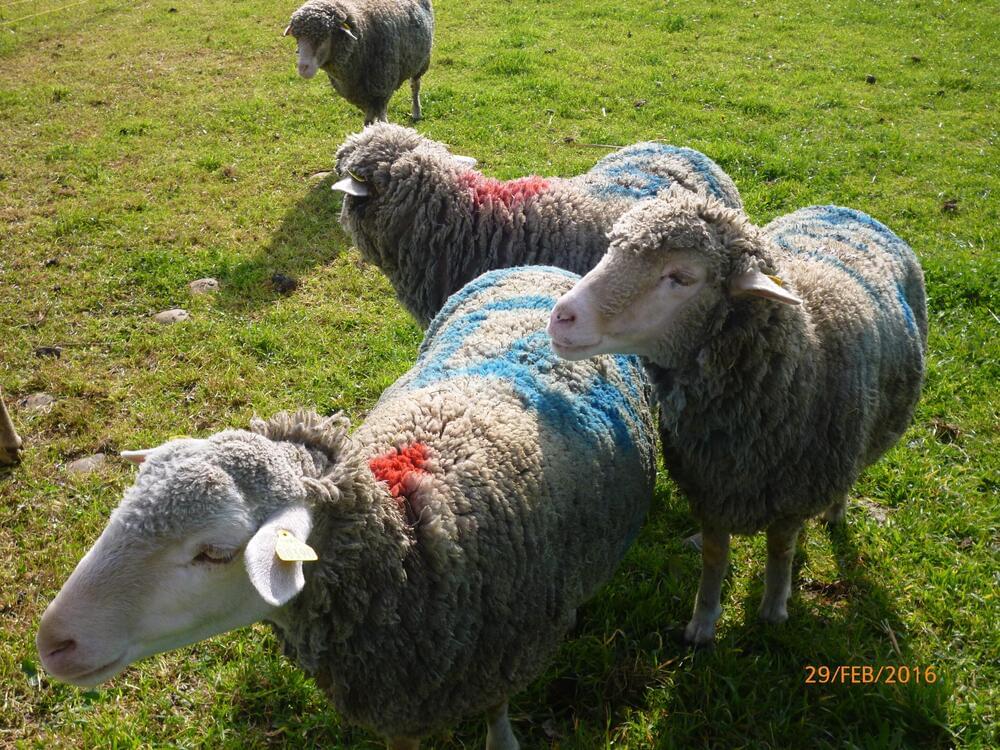Solar power could be gathered far away in space and transmitted wirelessly down to Earth to wherever it is needed. The European Space Agency (ESA) plans to investigate key technologies needed to make Space-Based Solar Power a working reality through its SOLARIS initiative. Recently in Germany, one of these technologies, wireless power transmission, was demonstrated to an audience of decision-makers from business and government.
The demonstration took place at Airbus’ X-Works Innovation Factory in Munich. Microwave beaming was used to transmit green energy between two points representing ‘Space’ and ‘Earth’ over a distance of 36 meters.
The received power was used to light up a model city and produce green hydrogen by splitting water. It even served to produce the world’s first wirelessly cooled 0% alcohol beer in a fridge before being served to the watching audience.







